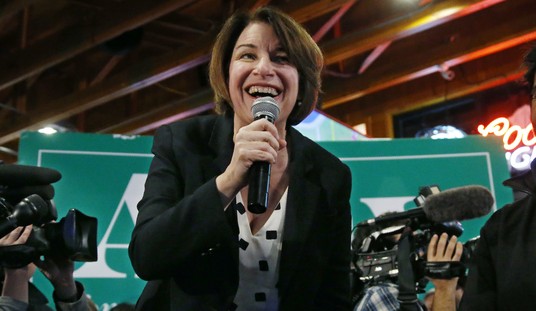
In October of 2018, Amazon announced they would be introducing a mandatory minimum wage hike, increasing starting pay from $10/hour to $15, and giving wage increases to those already making $15/hour.
The new rule, which was implemented in November, also applied to employees of Whole Foods stores, which Amazon bought in 2017.
[T]he wage hike will benefit more than 350,000 workers, which includes full-time, part-time, temporary and seasonal positions. It includes Whole Foods employees. Amazon’s hourly operations and customer service employees, some who already make $15 per hour, will also see a wage increase, the Seattle-based company said.
Amazon has more than 575,000 employees globally.
Pay for workers at Amazon can vary by location. Its starting pay is $10 an hour at a warehouse in Austin. The median pay for an Amazon employee last year was $28,446, according to government filings, which includes full-time, part-time and temporary workers.
Less than a year later and Amazon is already seeing what raising the minimum wage arbitrarily — which is to say, mandating a wage increase rather than letting the market dictate what starting salaries should be — does to employees. In a phrase: it prices them out of the market.
Amazon recently began a $15 minimum wage for its employees at Whole Foods, but then the grocery store began cutting workers’ hours, according to the Guardian.
…
The same wage increase that the supermarket chain employees fought for, however, has lead to widespread cuts across stores, Whole Foods employees told The Guardian.
Once the wage increase was established, the worker said that part-time “employee hours at their store were cut from an average of 30 to 21 hours a week” and that full-time employees were “reduced from 37.5 hours to 34.5 hours.”
The worker showed schedules of their department to the Guardian from November to January that showed workers’ hours “significantly” decreased, while the store labor budget “stayed relatively the same.”
“This hours cut makes that raise pointless as people are losing more than they gained and we rely on working full shifts,” said a Maryland worker, who had their full-time schedule cut by four hours.
It’s basic economics that if overhead (such as paying employees) increases, but the budget allocated to pay employees stays the same, there will be changes made to offset the increased pay. It’s purely about making smart business moves and maintaining a bottom line in the black. In this case, and it’s not an unusual one businesses face when the cost of doing business rises, that offset came in the form of fewer hours and less money for employees.
As the Sage from South Central noted on Twitter:
Who saw THAT coming?
"But since the [$15] wage increase, Whole Food employees have told the Guardian that they have experienced widespread cuts that have reduced schedule shifts across many stores, often negating wage gains for employees."https://t.co/ZxN9epYtJA#Econ101
— Larry Elder (@larryelder) March 6, 2019
He’s joking, of course, because plenty of people saw that coming. And right in Seattle, where Amazon is based. This study only deals with the affect the mandatory minimum wage had on childcare services. Other industries in that city report a similar impact.
The University of Washington findings, however, suggest that there’s some merit to the usual complaint that gets lodged against minimum-wage hikes — that they’re not only expensive for employers, but threaten to cut the first rung on the career ladder out from under teenagers or others just getting their start in the labor market. “The evidence that we’re picking up is consistent,” says Jacob Vigdor, an economist at the University of Washington. “We’re pricing out low-skill workers.”
Amazon should have known better.














Join the conversation as a VIP Member